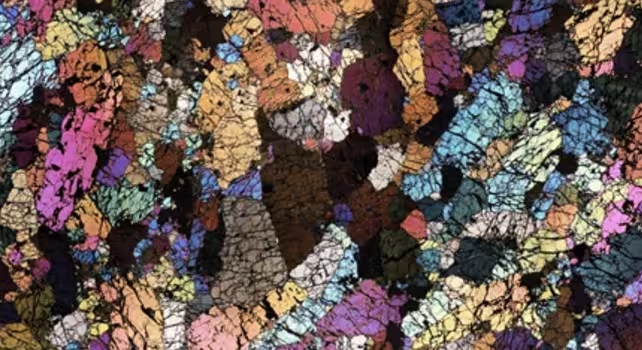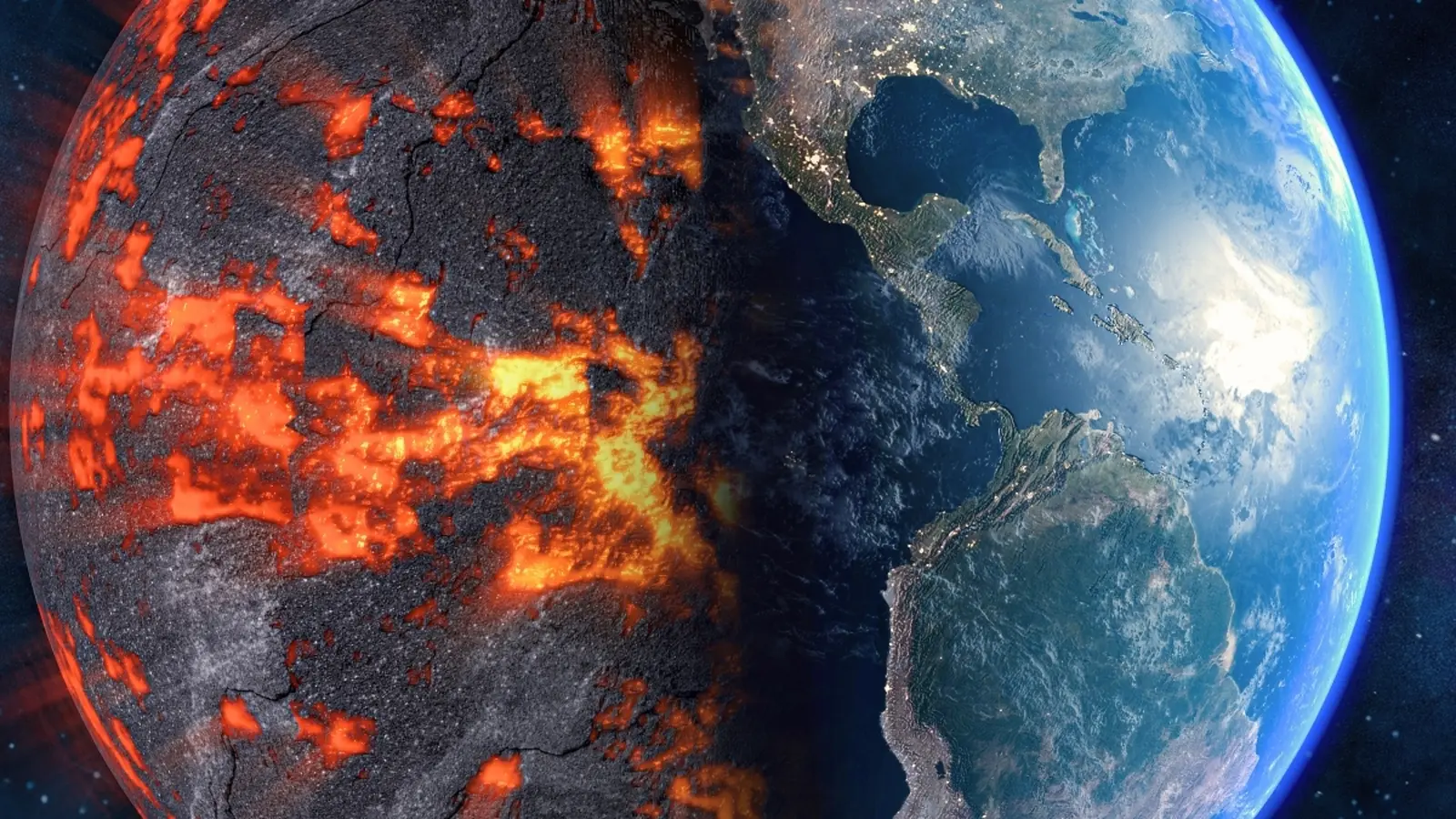6 Minutes
Geoscientists say a slow, hidden process deep beneath our feet is stripping continental roots and carrying that material into the oceanic mantle — and that movement helps power volcanic activity far from plate boundaries. New simulations and chemical analyses point to rolling 'mantle waves' as the culprit, offering a unified explanation for puzzling volcanic chemistry and long-lived oceanic eruptions.
Peeling continents from below: the mantle wave idea
When continents split apart and new ocean basins form, the action doesn't stop at the surface. According to research led by the University of Southampton, breakup initiates subtle instabilities in the upper mantle that sweep along the bases of continental plates. These slow-moving mantle waves, occurring roughly 150 to 200 kilometers beneath the surface, act like a geological rasp, scouring and detaching fragments of the continent's deep roots and carrying them sideways into the oceanic mantle.
Those detached slivers of continental material then chemically enrich the surrounding mantle. Over millions of years they supply the source regions for volcanic melts that later erupt on the seafloor or build island chains far from any modern continental margin.
Why this solves a long-standing mystery
Geochemists and petrologists have long noticed an odd pattern: pockets of oceanic mantle that look 'contaminated' with ancient continental signatures, yet sit far from subduction zones or obvious mantle plumes. Previous explanations included recycled sediments dragged into the mantle by subduction, or enriched material rising from deep mantle plumes. But neither process matches the full range of observations — especially where enriched regions carry a mosaic of rock ages or where plume activity is absent.
The mantle-wave model explains those mismatches. Simulations paired with chemical analyses show that as continents rift, the resulting instabilities can sweep continental root material more than 1,000 kilometers laterally. That material mixes into the oceanic mantle and fuels volcanism for tens of millions of years — long after the continents themselves have drifted apart.
As Thomas Gernon, lead author and earth scientist at the University of Southampton, notes, 'Weve known for decades that parts of the mantle beneath the oceans look strangely contaminated, as if pieces of ancient continents somehow ended up in there.' The new work accounts for how, when, and how far that contamination can travel.
Real-world evidence: Indian Ocean island chains and Gondwana remnants
Field evidence supports the model. A chain of submarine volcanoes and seamounts in the Indian Ocean, including Christmas Island, once sat off northeastern Australia when Gondwana began to fragment more than 150 million years ago. This region lacks clear plume signals yet shows enriched volcanism beginning within 50 million years of continental breakup, then gradually fading — a pattern that matches model predictions for mantle-wave transport and decay.
Detailed geochemical fingerprints in volcanic rocks from these islands reveal mixed ages and compositions consistent with continental fragments being entrained and spread through the oceanic mantle rather than a single-source injection.

Diagram showing how enriched mantle (EM) accumulates over billions of years. The diamond symbols show where diamonds likely accumulate.
Broader implications: diamonds, uplift, and Earth's dynamic memory
The consequences of peeling continental roots are wider than just volcanism. The research team proposes that the same mantle waves can trigger diamond-rich magmas to make their way upward, potentially explaining why diamonds appear in unexpected volcanic deposits. They also suggest that large-scale mantle reorganizations tied to these waves can force slow uplift of continental interiors by more than a kilometer, creating some of the planet's most striking topographic highs.
Sascha Brune, a geodynamicist at the University of Potsdam and co-author, emphasizes the system's persistence: 'We found that the mantle is still feeling the effects of continental breakup long after the continents themselves have separated. The system doesn't switch off when a new ocean basin forms.' In other words, plate tectonics leaves a long chemical and mechanical legacy in the mantle.
The sweeping process is glacial in human terms — literally a million times slower than a snail — yet over tens to hundreds of millions of years it rearranges material on a planetary scale.

The crystalline 'roots' of continents, representing material researchers propose is removed and swept sideways into the oceanic mantle.
Methods: combining simulations and geochemistry
The researchers used high-resolution geodynamic simulations to model how thermal and mechanical instabilities propagate beneath rifting continents. They then compared those models to chemical analyses of volcanic rocks from distant oceanic regions. The match between simulated transport distances, timing, and the changing geochemical signatures in erupted lavas strengthened the case for mantle-wave transport as an important mechanism.
By integrating computational modeling with rock chemistry, this study demonstrates the power of multidisciplinary approaches in tectonics and mantle dynamics.
Expert Insight
Dr. Elena Morales, a geophysicist at the Institute for Earth Physics who was not involved in the study, calls the findings elegant and consequential: 'This model elegantly explains disparate geological and geochemical observations. It reframes how we think about the mantle's long-term memory and shows that breakups leave fingerprints we can read millions of years later. For exploration geologists and tectonic modelers alike, that perspective is invaluable.'
Looking ahead, the mantle-wave hypothesis opens new avenues for research: mapping enriched mantle patches across ocean basins, dating their arrival, and assessing how these processes influenced past episodes of volcanism, continental uplift, and resource formation.
Source: sciencealert
Comments
geoLab
wow this is wild, continents getting peeled like an onion? mind blown. but how sure are the models vs real rocks, curious...


Leave a Comment